How to Dry Winter Boots: 3 Easy Hacks to Keep Your Winter Boots Dry
There’s very little chance that your winter boots won’t get wet at some point. After all, it’s why you bought them in the first place.
After a day of snow, ice, or rain, you’ll need to dry your boots for another day’s work, but what’s the most efficient way to dry winter boots? Well-conditioned boots shouldn’t take much drying, but a few tricks are proven to dry winter boots safely when they’ve taken a real dunking.
What You’ll Need to Keep Your Winter Boots Dry
The best way to keep your winter boots dry is to ensure they stay water-resistant. Looking after your boots and conditioning the leather to keep water out will keep them dry for longer, they’ll dry off quicker, and your feet will stay dry.
The better the winter boot, the less drying they’ll need. The JK Arctic No.1 is the winter worker’s friend if you're looking for the perfect winter boot. Insulated, weatherproof, and hand-crafted, the Arctic No.1 isn’t the best because it’s easy to dry—it’s the best because it stays dry.
After a long day working in wet conditions, with the expectation of more to come tomorrow, all you should need to hand is a dry towel to wipe your boots down to remove excess water. If properly conditioned, they’ll naturally dry overnight at room temperature.
An easy trick is to remove the laces and open your boots up to allow as much air to circulate as possible. If your boots have taken a real soaking, you’ll have to put more effort in.
How to Dry Your Winter Boots if They Get Wet
There are a few do’s and dont’s to remember when drying winter boots, especially leather ones. You shouldn’t use artificial heat to dry your boots unless absolutely necessary.
Rapid drying can cause the leather to crack and split, so avoid hot radiators or hairdryers, as rapid moisture loss can cause irreparable damage. We’ve even heard of winter boots being put in the oven to dry them—unless you’re planning on eating your boots, it’s inadvisable.
The safest and easiest way to dry winter boots is to allow them to dry naturally at room temperature, but assuming that your boots are soaked, and assuming time is a factor, here’s what you could use to dry out your boots safely:
- Old newspapers.
- A boot dryer.
- A thin dress sock or women’s stocking.
- Uncooked rice.
- A large plastic container that your boots fit in.
Hack #1: Use a Boot Dryer
A boot dryer is excellent if you regularly work in harsh weather conditions. It’s by far the most reliable way to dry boots. It’s safe, easy to use, and won’t damage your boots the way other direct heat sources can.
If you’re rarely expected to get your boots wet, it’s an investment that may not be for you. For anyone whose job has them working outside in winter will find this clever device an absolute lifesaver.
Step 1: Clean Your Boots
Before putting your boots on a boot dryer, giving them a quick wipe to remove any mud or dirt is a good idea. It’s easier to remove mud when it’s wet, and once the boot dryer has done its job, you don’t want anything stuck to your boots damaging the leather.
Step 2: Place Your Boots on the Dryer
Using a boot dryer to dry your boots is incredibly safe, and most dryers have a maximum temperature they’ll operate at. You can also set a timer to give your boots a break from drying, which adds even more protection.
Turn your boots upside down and place them on the dryer. You don’t have to remove the laces—the boot will sit snugly over the dryer. Turn the dryer on, and leave it overnight to dry your boots safely and effortlessly.
The boots often dry within about three hours, but leaving them overnight is safe as the leather won’t dry out.
Hack #2: Use Old Newspapers
Sometimes, the easiest option is often the best option. Using old newspapers to dry out your boots may not be as high-tech as a boot dryer, but it’ll work and won’t cost a penny.
Step 1: Clean Your Boots and Remove the Insoles
Regardless of what you’re doing with your boots, you should always start a new job by cleaning your boots. Wipe off any mud from your boots, and take out the insoles. Removing the insoles, which may be wet, allows you to reach every part of your boot interior.
Leave your laces in and loosely tie them as if you’ve got your boots on. Retaining the boot's shape will allow you to stuff newspaper in tightly and right to the top of the shaft.
Step 2: Fill Your Boots
Loosely scrunch some old newspaper into balls and push them into your boot, getting them as far into the toe box as possible. Don’t pack the boot too tightly, as the paper will need to expand as it absorbs water.
Continue up the boot, from the toe to the heel, and up to the top of the shaft. Once your boot is packed, use some large sheets of old newspaper to wrap the entire boot in paper.
Step 3: Leave Your Boots Overnight
Depending on how wet your boots are, you’ll probably have to leave them overnight to dry. Place your boots somewhere the air can circulate and away from direct heat, and allow the paper to soak up the moisture.
If your boots were well and truly soaked, it might take longer than overnight to dry them, but it’s a cheap, unobtrusive method that won’t damage the leather, and it’s great when you’re in a tight pinch.
Hack #3: Using Rice to Absorb Excess Moisture
Sometimes, your boots will get drenched, even to the point of water soaking the inside of your boots. From the puddle that turned out to be a two-foot-deep hole in the ground to falling into a stream, it’s a fact of life—if you work outside, expect the occasional accident.
This hack takes advantage of the incredible absorption properties of rice to soak up the water in your winter boots. If your boots are drenched, this is a better option than old newspapers, and it only takes a few simple steps to set up.
Step 1: Prepping Your Boots
As always, you’ll need to clean your boots on the outside to remove excess mud and on the inside to ensure they are wearable once they’ve dried.
Remove the laces and open up your boots, bringing the tongue forward to allow easy access for cleaning and so that you can insert the rice bags.
Step 2: Prepping the Rice
You’re going to use either thin socks or, even more ideally, a pair of your partner's stockings to contain the rice. The thinner the material, the more moisture the rice can absorb, and the dryer your boots will become.
Fill a few socks or stockings with rice until they’re about the same thickness as your foot. Tie off the end or secure it with a rubber band, and place one into the toe box of your boot. Repeat the process and place the rice bag further back towards the heel and shaft of your boot.
After making sure the sock bags are a snug fit, push the tongue of your boot back to hold the socks in place.
Step 3: Drying the outside of Your Boots
The bags of rice inside your boots will quickly begin to absorb excess water, but you’ll still need a way to dry the outside too.
You will need a large plastic container with a lid, such as a food container.
Place loose rice into the container until it’s about an inch deep, and then place your wet boots into the box. Push your boots down until they’re touching the bottom of the container and surrounded by rice, and then seal the lid shut.
Depending on how wet your boots were, it could take from an hour or two, even up to overnight, to dry them out. Remove the bags of rice, wipe down your boots, and you’re ready to go.
Winter Boots that Stay Dry On the Inside
The three hacks above are proven to dry winter boots, but there’s no substitute for boots that keep dry by being water-resistant.
Prevention is better than the cure, and when it comes to handling extreme weather conditions, the JK Boots Arctic Boot No.1 and No.2 are the best in the world.
The Arctic No.1 isn't just awesome at keeping out the cold—its premium leather construction is weatherproof, durable, and handcrafted to ensure the rain and snow stay on the right side of the boot regardless of conditions.
Equally superb at keeping the weather at bay, this time even at sub-freezing temperatures, is the Arctic No.2. Like the Arctic No.1, it’s crafted using 8oz premium oil-tanned leather and high-strength stitching to ensure your boots are completely protected from the weather.
Our Arctic range of boots takes the terrain, the weather, and the rugged work they’re exposed to into consideration and then powers through regardless. No other boot comes close for continued warmth, dryness, and construction.
FAQs
Can you put winter boots in the dryer?
Like any work boot, putting a pair of winter boots in the dryer can cause damage to the boots and even break the dryer. If your winter boots are of leather construction, the sudden higher temperature can cause damage to the leather as it dries too quickly. A dryer will also bounce the boots around, which can cause the leather to scuff or tear.
How can I dry my boots fast?
Using a boot dryer is the only guaranteed safe way to dry boots fast. Most artificial heat sources will damage your boots by drying the leather too much or by warping the boot’s shape. A boot dryer regulates the heat, ensuring the boots are evenly dried.
How do you dry wet boots?
You can use old newspapers or socks full of rice placed inside the boots to soak up excess moisture, though the most reliable way to dry wet boots is to leave them to dry naturally at room temperature or use a boot dryer. If time is a factor, a boot dryer will safely dry boots. Avoid hairdryers, radiators, or placing your boots in a dryer.




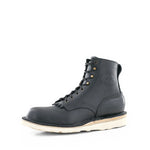
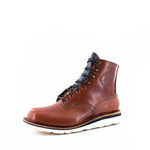
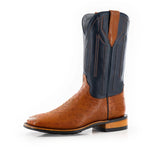
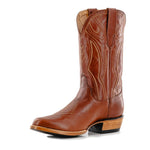
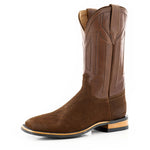



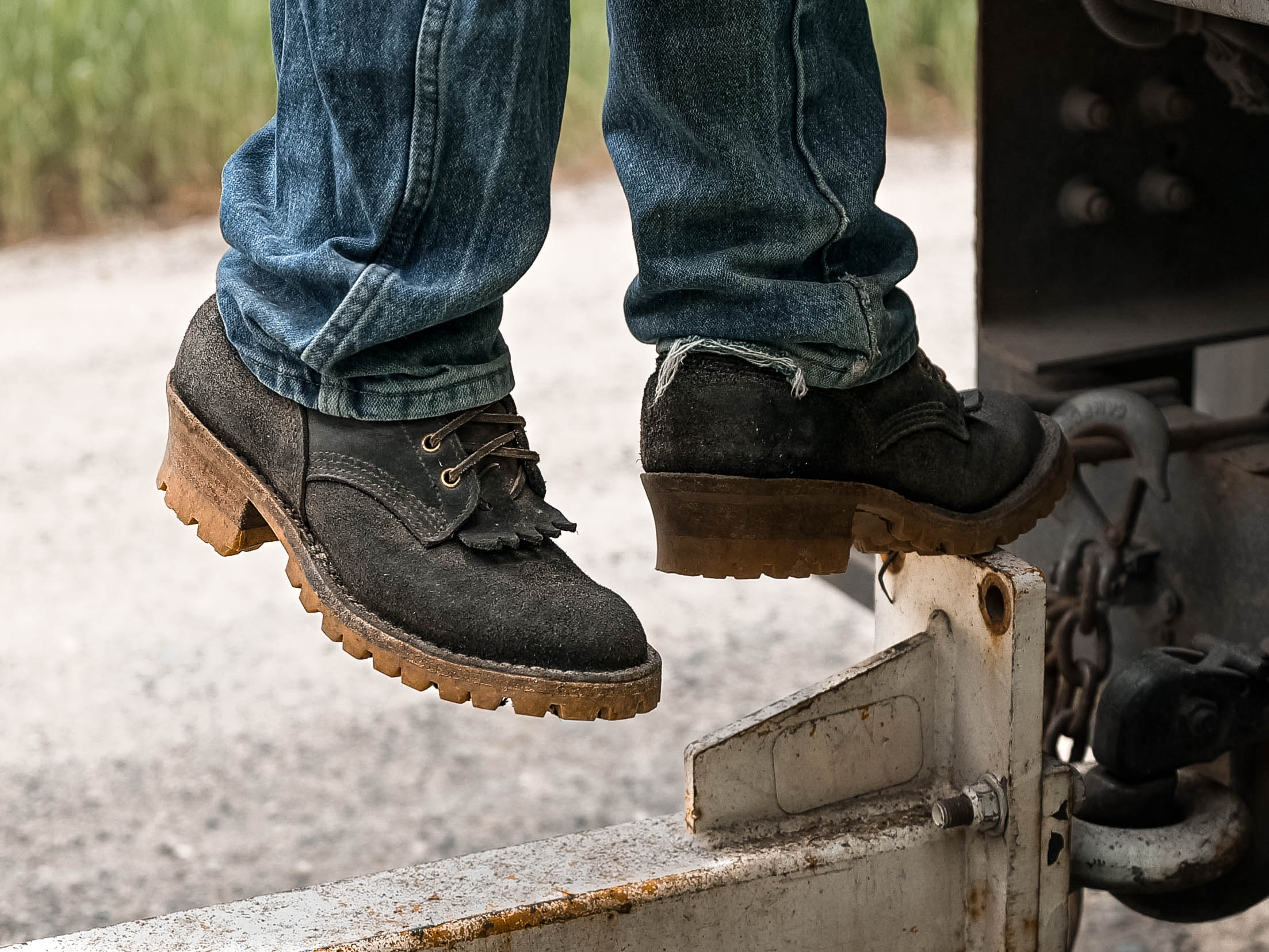
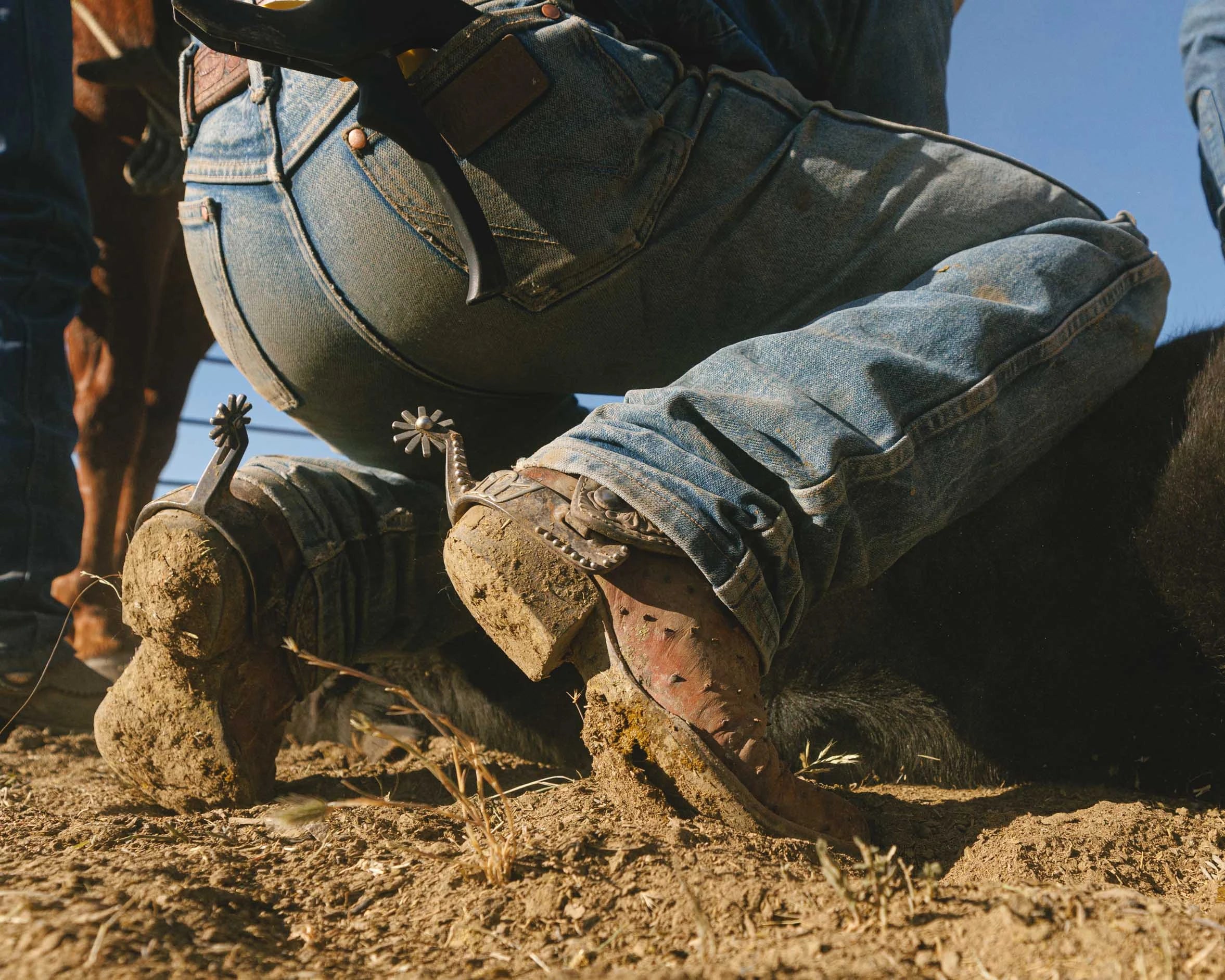
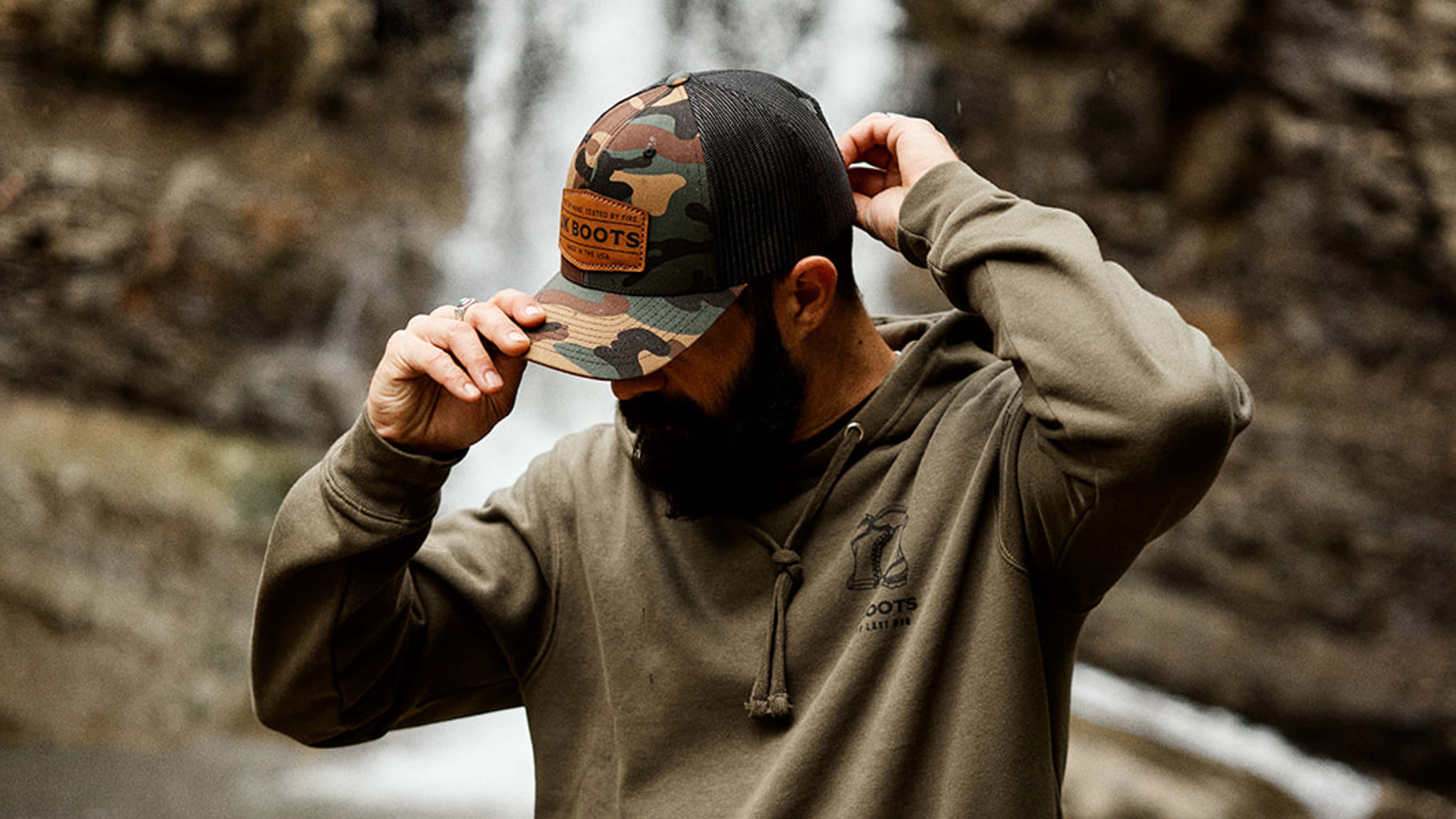
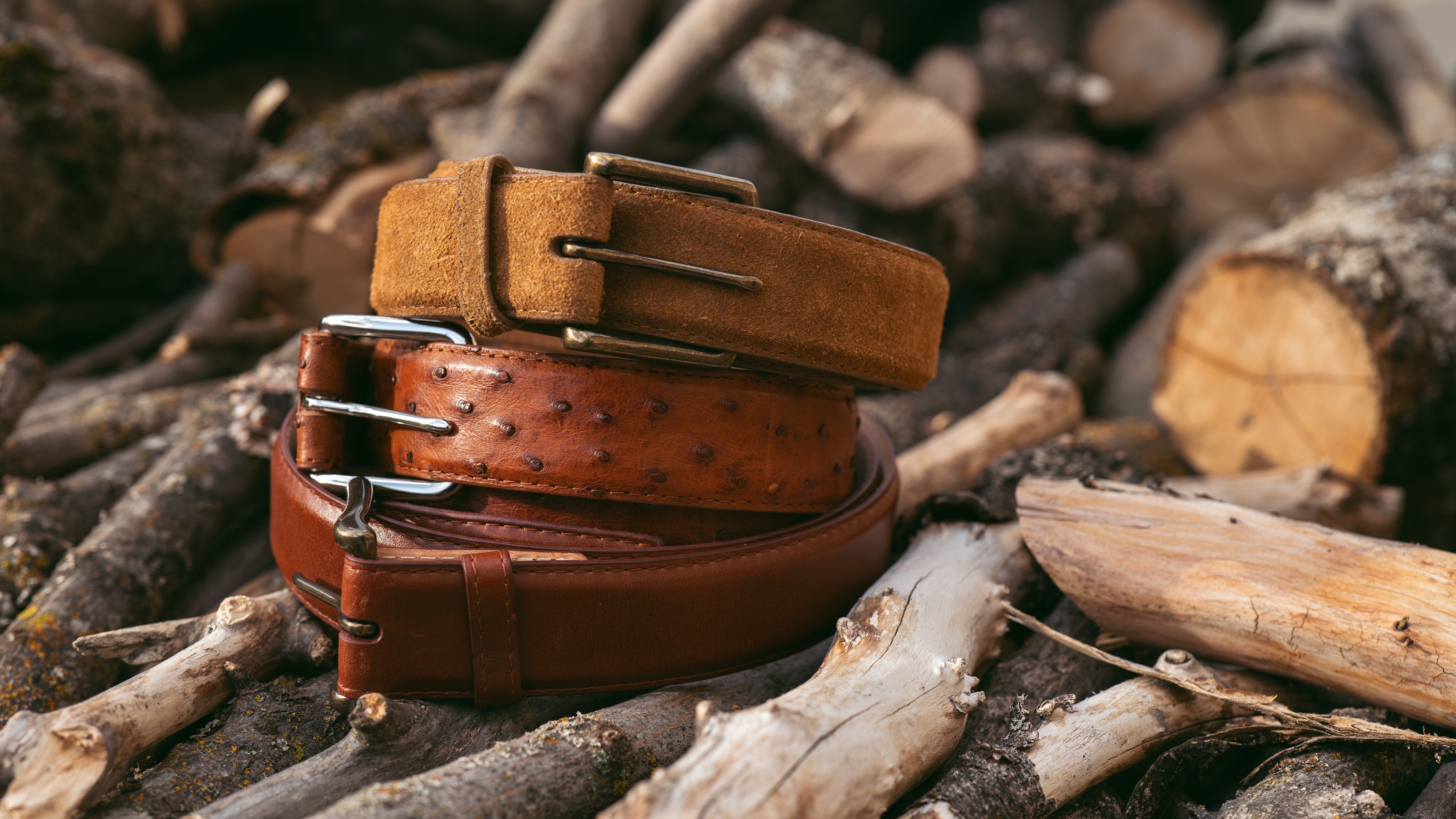

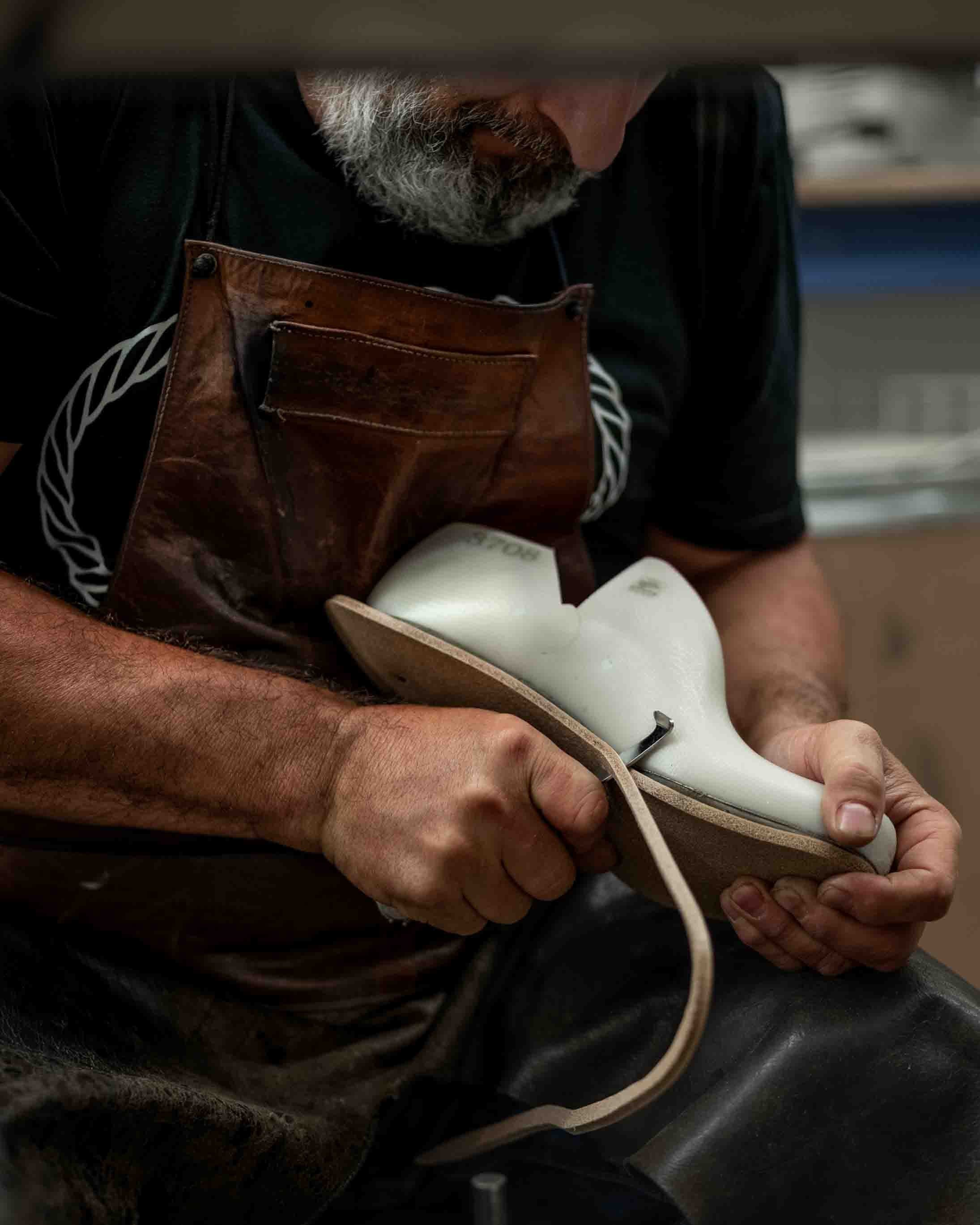
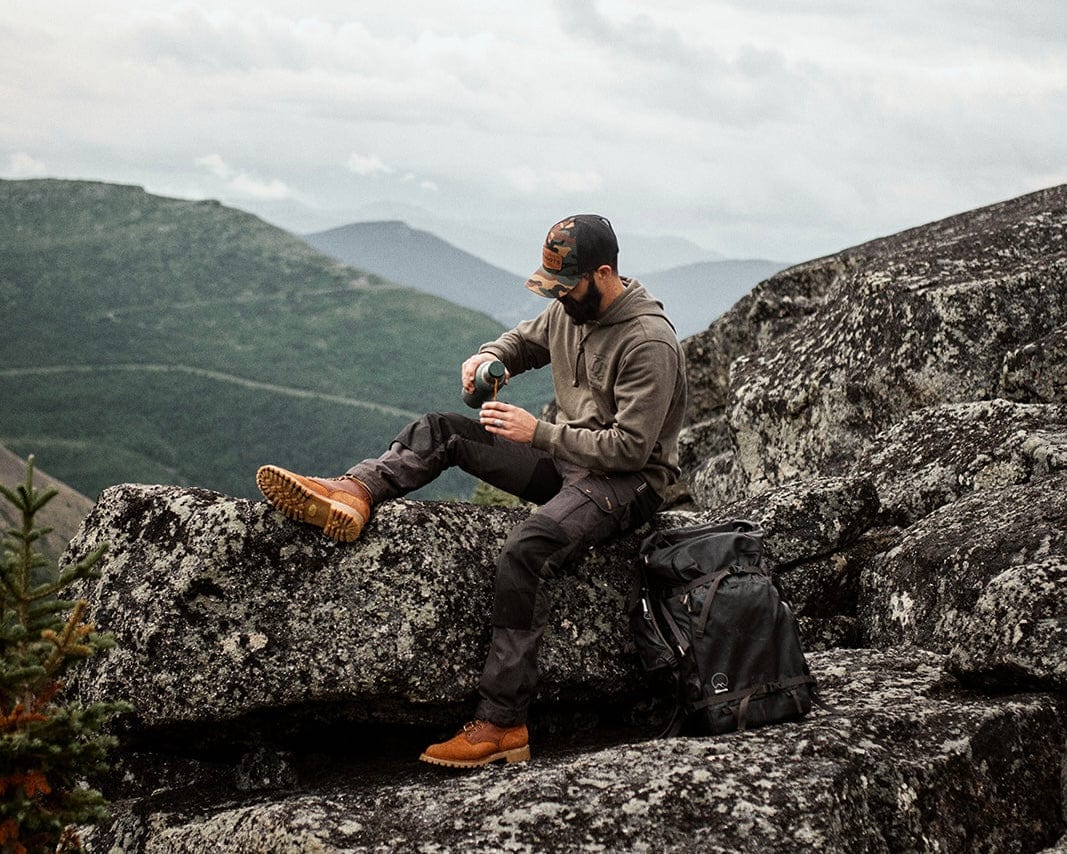
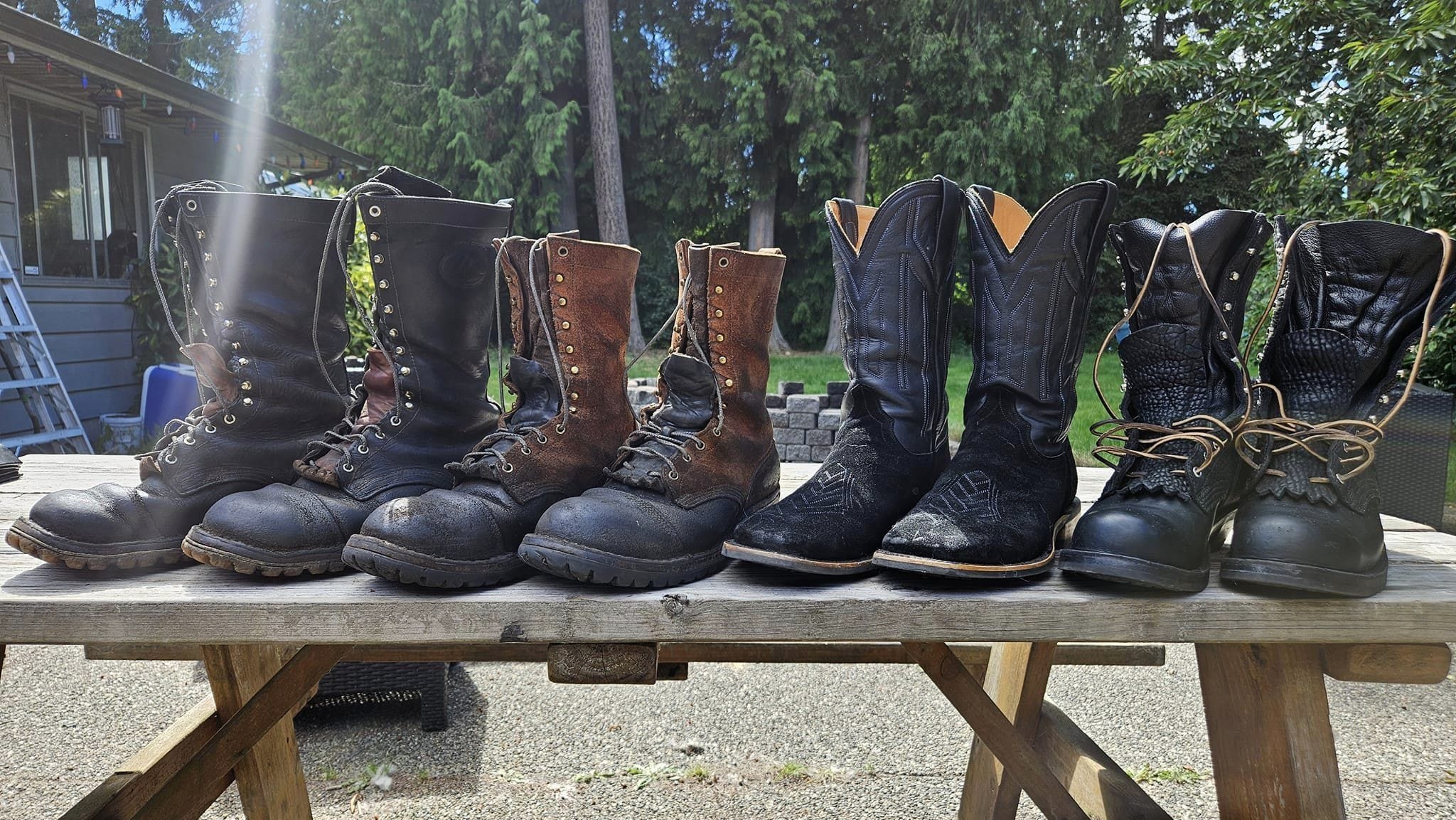
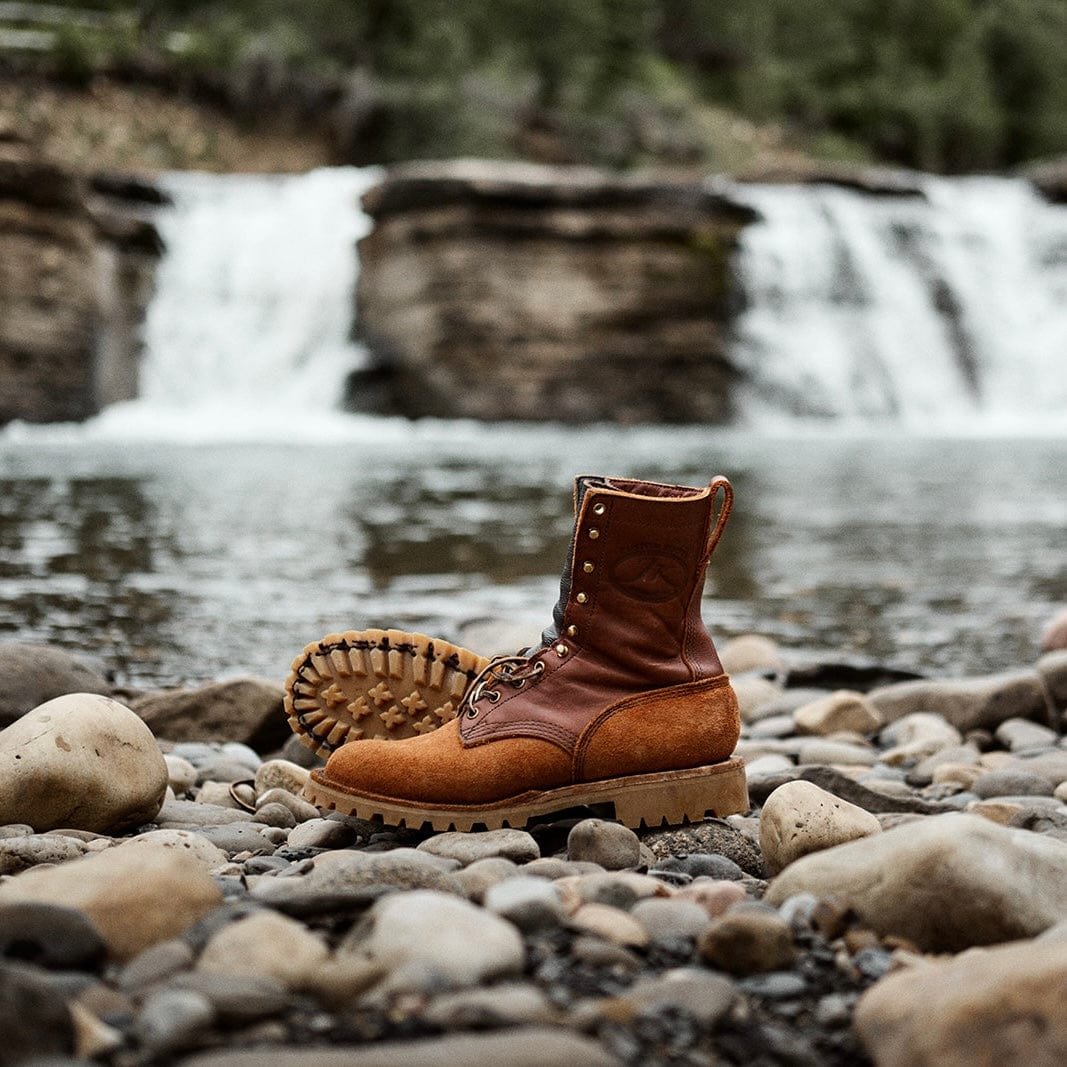
quiero comprarlas
Leave a comment